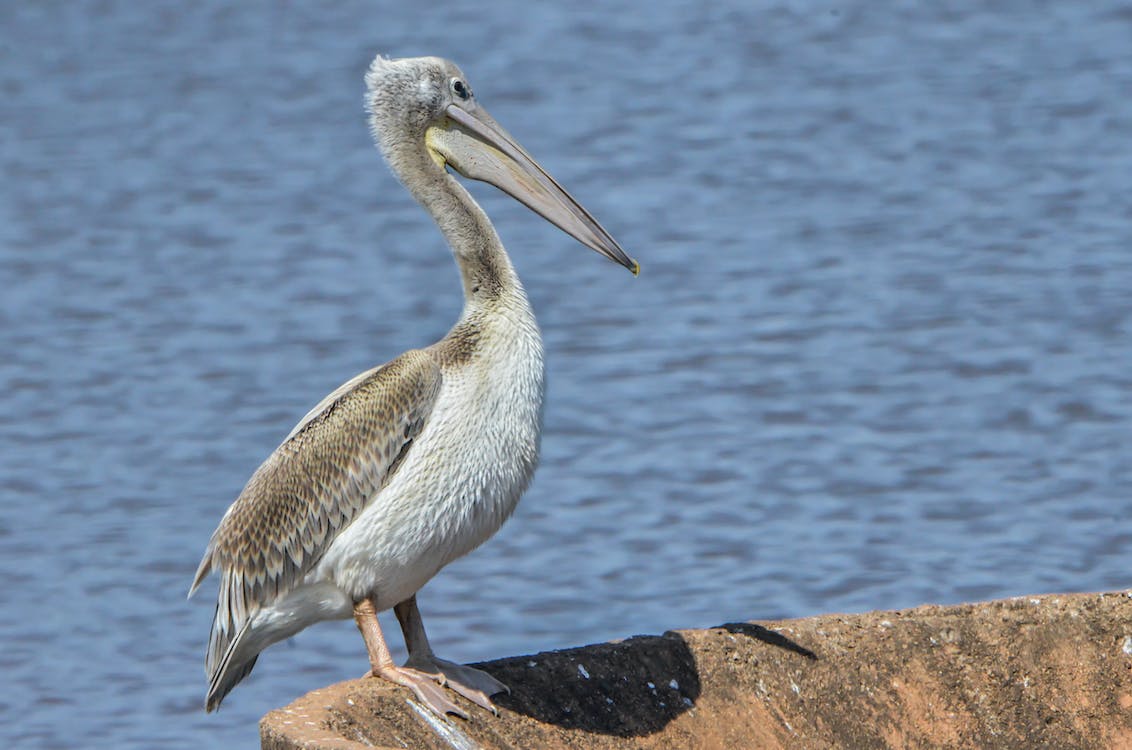Pink-backed Pelican (Pelecanus rufescens)
It is small compared to its pelican cousins, yet it is still a large bird. This species occurs in open water wetlands habitats with slow-moving water, usually in small groups. It is generally pale gray, with a pinkish bill, and a pink back, where it got its name. Read further to know … Read more
